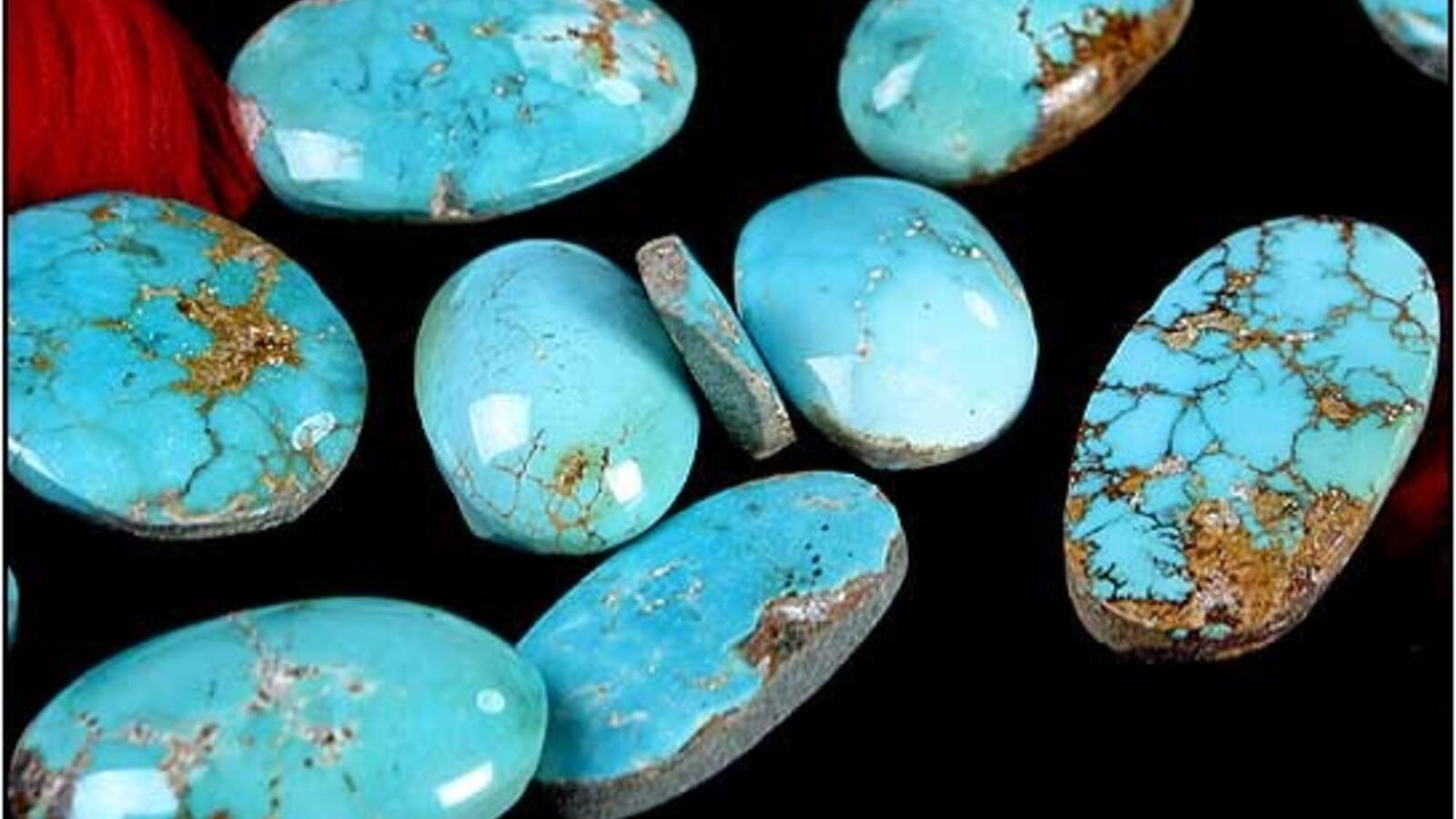2_0.jpg)
Stone Carving of Razavi Khorasan
Stone Carving, also known as engraving on stone, is the craft of making objects of which the primary material is stone. Stone Carving began several centuries B.C. in Iran, when animal hunting tools and daily life utensils were made out of stone, and gradually advanced to reach its peak. Historical artifacts found in excavation sites such as Tapeh Yahya in Kerman prove that this craft goes back to four thousand and five hundred years B.C. Discovery of these objects also prove that back then cutting both decorative and applicable objects out of green stones were common in Kerman. This stone is still being extracted and sent to Mashhad today. These products are made using stones like Turquoise, Marble, Jade, Black Stone and etc. In the field of arts, next to reliefs of Persepolis and engravings such as Naqsh-e Rostam, Taq-e Bostan, stone carving has mostly been applied to make utensils.
From seven thousand years ago until today, kinds of stone such as Mica has been used to make cooking utensils such as pot and etc. Mica stone containing high levels of iron components is very soft and easily cut into desired shapes. Another characteristic of Mica stone is that the more it is heated, the stronger and more durable it gets. By the art of stone carving, kinds of utensils, lamp stands, photo frames, chess pieces, vases, sugar cube holders, and other applicable and decorative objects can be made. Important centers of stone carving of Iran are Mashhad, Shahr-e Rey, Qom and Kerman. Today carvers use raw stones and cut them into desired pieces. The extra parts are cut away by chisel and hammer. Then the piece is cut by smaller chisels. Then the piece is polished first by a file, and later by an electric grinding machine that works faster. In Mashhad, the utensils are polished with oil and painted almost in black. Then motifs like flowers, geometric lines, figures, portraits, hunting grounds, and famous poems are carved on them by carving pens. This process includes different steps such as tracing, cutting of the backgrounds and contouring.
.jpg)
.jpg)
.jpg)

2_0.jpg)